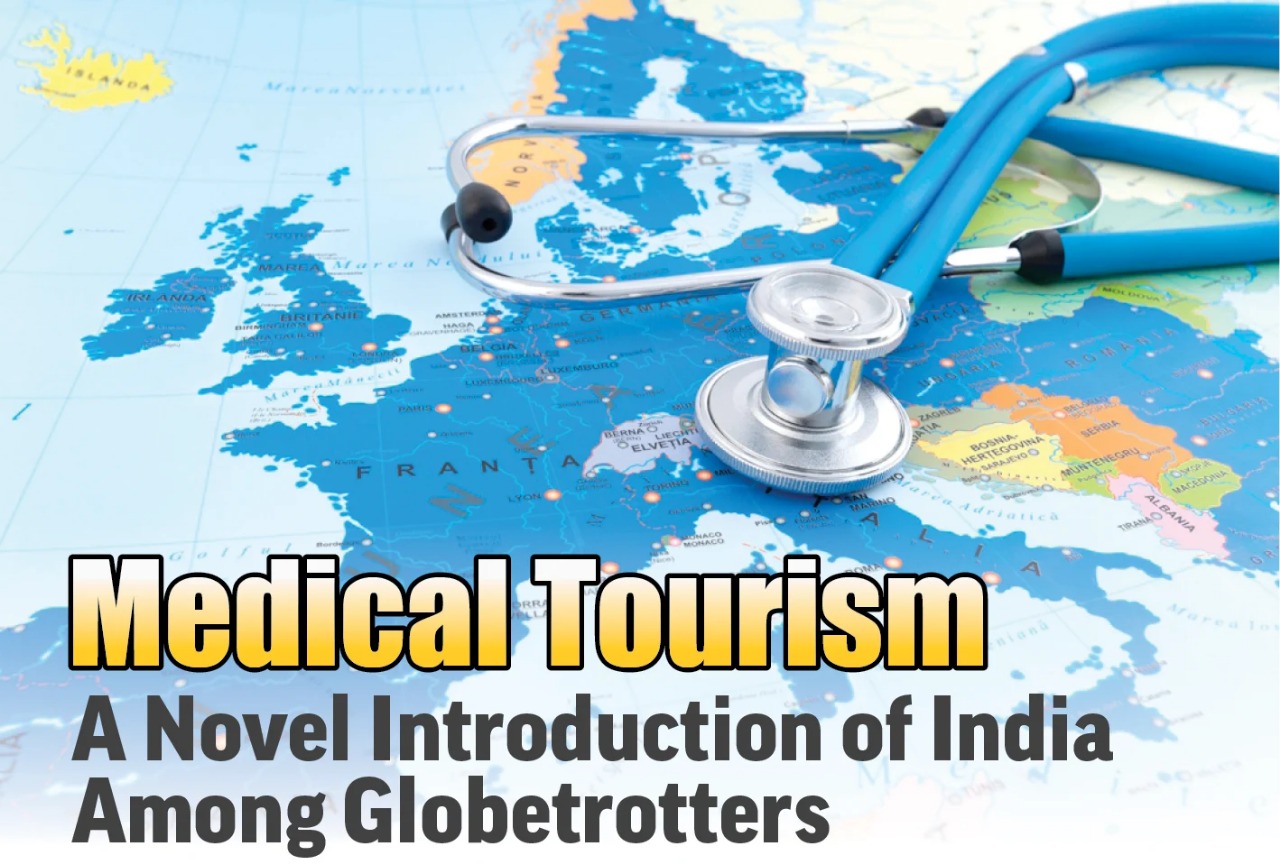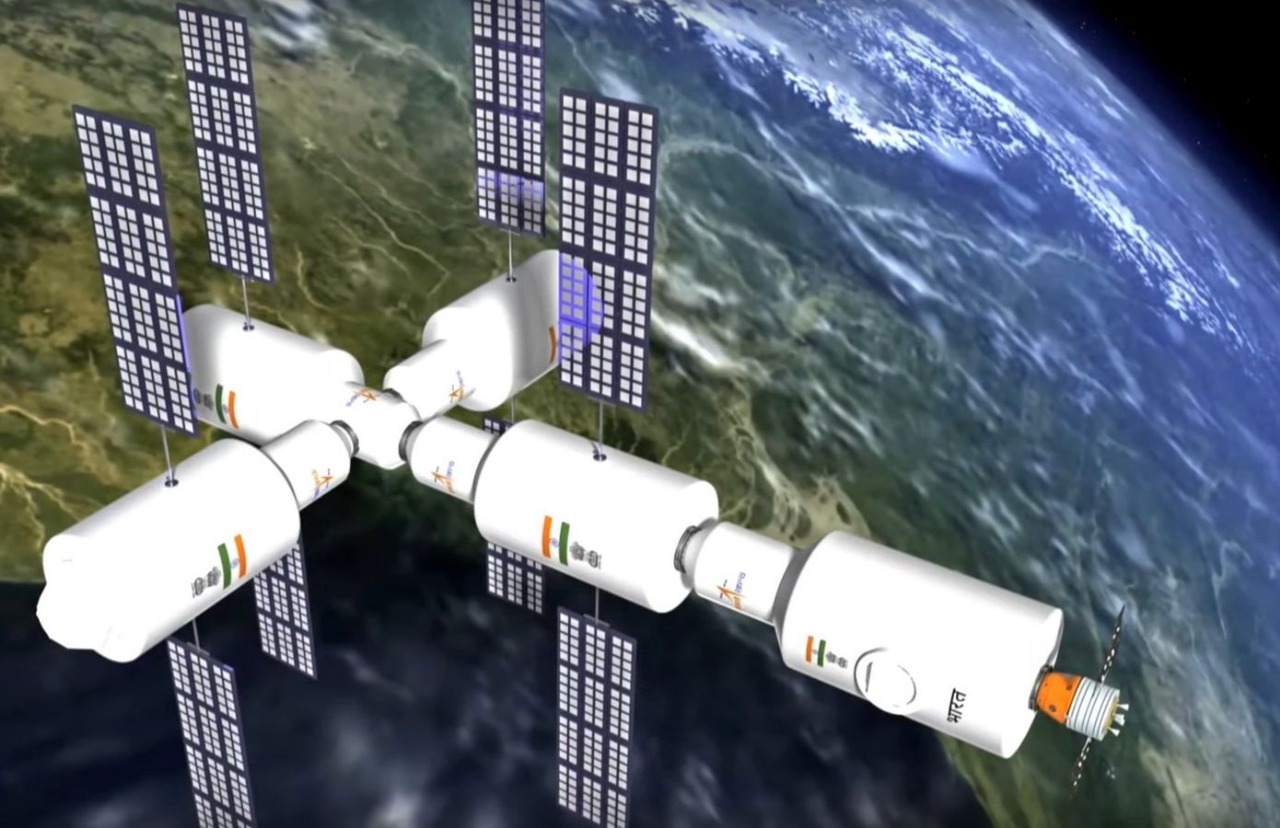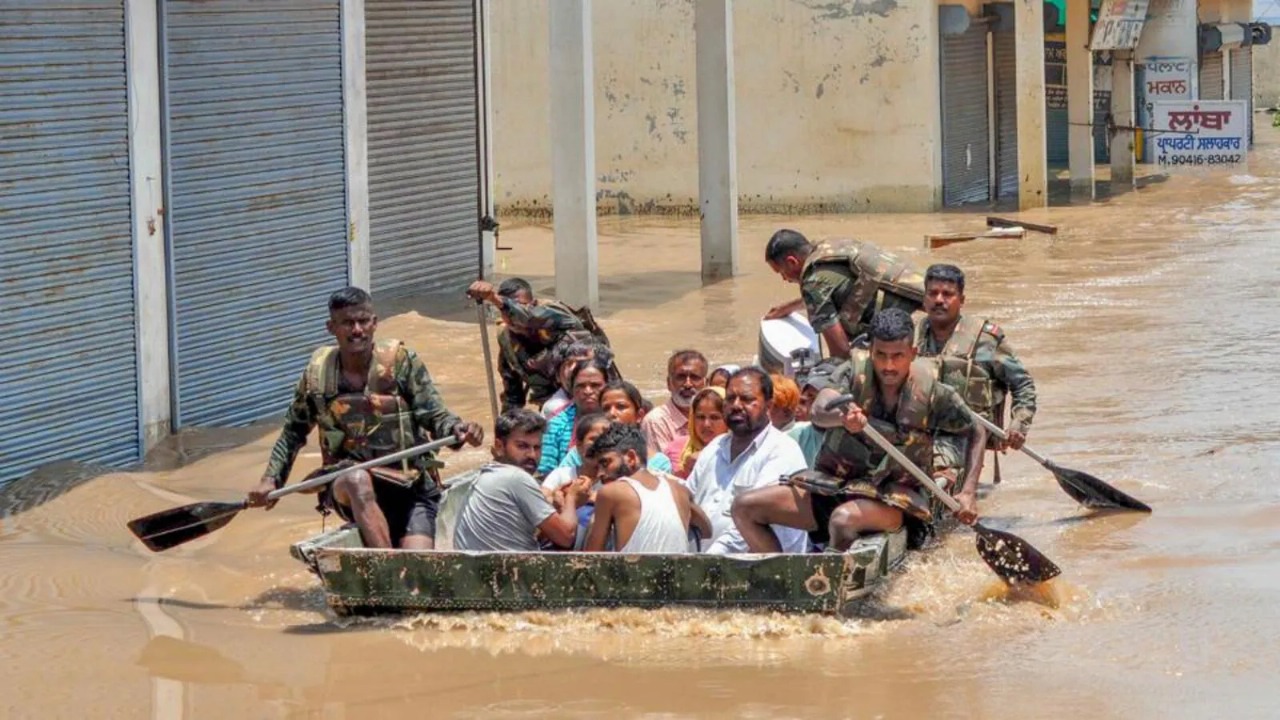
Follow WOWNEWS 24x7 on:

India’s medical tourism sector is witnessing extraordinary growth, with people from all corners of the globe flocking to the country for high-quality, advanced, and affordable medical treatments. From complex cancer surgeries to joint replacements and rare orthopedic procedures, India has emerged as a beacon of hope and second chances for thousands seeking world-class healthcare at a fraction of the cost charged in developed countries.
Key Drivers Behind India's Surge As A Global Medical Hub
Unmatched Affordability: Medical procedures in India cost 60-80 percent less than in Western countries without compromising quality. For example, heart bypass surgery that costs upwards of $100,000 in the US is available for around $7,000 in India.
World-Class Doctors And Facilities: India boasts internationally accredited hospitals equipped with state-of-the-art technology and doctors trained across US, UK, Australia, and Europe.
Minimal Waiting Times: Unlike the long queues and bureaucratic delays in many developed countries, India offers prompt scheduling and fast-track surgeries.
Advanced Medical Technology: Use of robotic surgeries, personalized stem cell therapies, and integrated digital health locker systems make India a cutting-edge medical destination.
Language And Cultural Comfort: Widespread English proficiency and culturally sensitive care ease international patient experience.
Comprehensive Care Ecosystem: Many hospitals integrate modern medicine with Ayurveda and yoga, offering holistic wellness programs alongside surgeries.
Medical Visa Ease: Dedicated e-medical visa facilities for citizens of 171 countries simplify travel and treatment logistics.
Key Areas Driving Medical Tourism
Cardiology and Cardiac Surgery: Advanced interventions including bypass, valve replacement, and angioplasty at affordable rates.
Orthopedics and Joint Replacement: High success rates in hip, knee, and spine surgeries performed with the latest minimally invasive techniques.
Oncology and Cancer Care: Comprehensive cancer treatment using targeted therapies, radiation, and immunotherapy.
Fertility Treatments: IVF and related procedures with competitive pricing and personalized care.
Cosmetic and Plastic Surgery: Growing demand for reconstructive and aesthetic procedures by skilled surgeons.
Regional Impact and Patient Origins
India’s medical tourists come from diverse geographies—Bangladesh leads the list, followed by significant numbers from Middle East, Africa, Central Asia, and NRIs returning to India for affordable care. Regions with limited access to specialized treatment find India’s hospitals a crucial lifeline.
Government Initiatives And Industry Enhancements
The Indian government’s focus on developing medical tourism corridors, facilitating visa processes, and investing in digital health infrastructure has accelerated sector growth. Hospitals are increasingly offering dedicated international patient services, language interpreters, and follow-up teleconsultations.
Challenges And Opportunities
Despite its strides, challenges like improving infrastructure in tier 2 and tier 3 cities, ensuring consistent quality standards, and addressing international travel uncertainties remain. However, the continued expansion of public-private partnerships and a growing base of globally trained clinicians position India as a sustainable global healthcare leader.
Conclusion: India’s Promise Of Healing And Hope
India’s blend of affordability, world-class medical expertise, cultural comfort, and rapidly evolving healthcare infrastructure creates an unmatched environment for those seeking medical care and second chances. As more patients share success stories and governments support facilitations, India’s role as the world’s medical hub will only deepen—promising countless lives transformed through innovation, compassion, and care.
Sources: Manipal Hospitals Global, Mapmygenome, Deccan Herald, PIB, The Medical India, India Today, KPMG, Healthtrip



